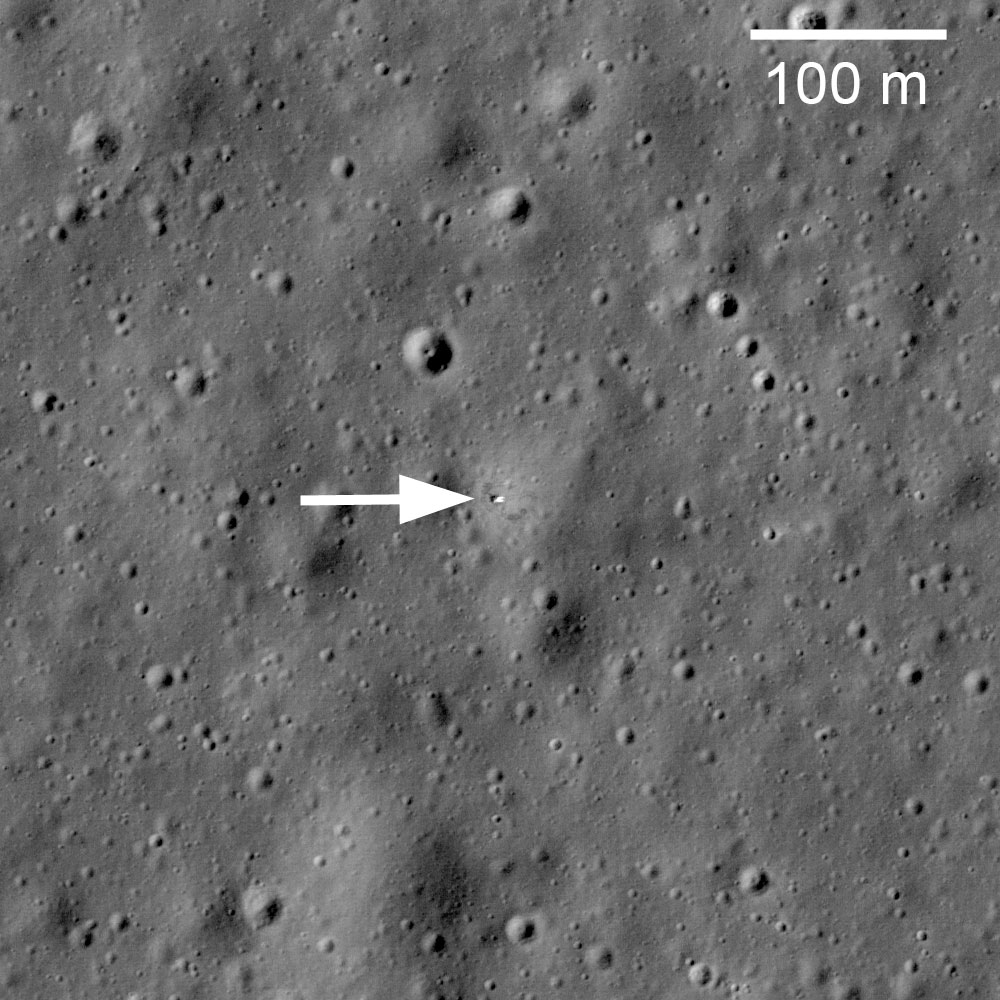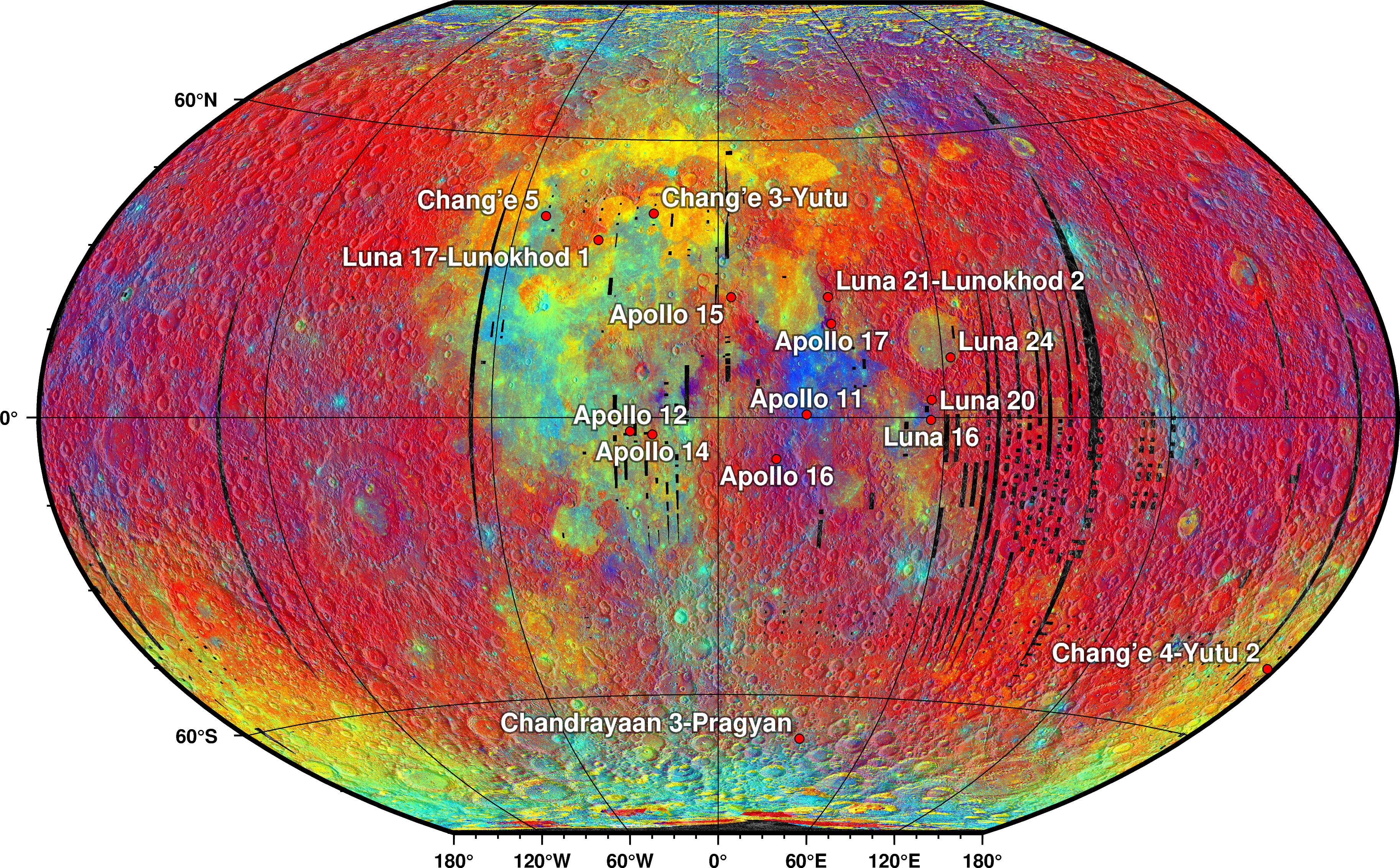|
Borya (crater)
Borya is a tiny crater on the Moon. It is near the site where Soviet lunar rover Lunokhod 1 landed in November 1970, in the Mare Imbrium Mare Imbrium (Latin ''imbrium'', the "Sea of Showers" or "Sea of Rains", "Sea of Tears") is a vast lava plain within the Imbrium Basin on the Moon and is one of the larger craters in the Solar System. The Imbrium Basin formed from the colli ... region. Its diameter is . The name ''Borya'' does not refer to a specific person; it is a male name of Russian origin, the diminutive form of Boris. File:New-craters-browse.jpg, Borya is one of twelve named craters near the landing site, located in the northwest of Mare Imbrium File:M127159138LC Borya.jpg, LRO image References External links Borya at The Moon Wiki* * {{Craters on the Moon: A–B Impact craters on the Moon Mare Imbrium ... [...More Info...] [...Related Items...] OR: [Wikipedia] [Google] [Baidu] |
Lunokhod-1
''Lunokhod 1'' ( Russian: Луноход-1 ("Moonwalker 1"), also known as Аппарат 8ЕЛ № 203 ("Device 8EL No. 203")) was the first of two robotic lunar rovers landed on the Moon by the Soviet Union as part of its Lunokhod program. The ''Luna 17'' spacecraft carried ''Lunokhod 1'' to the Moon in 1970. ''Lunokhod 1'' was the first remote-controlled robot "rover" to freely move across the surface of an astronomical object beyond the Earth. It was also the first wheeled craft on another celestial body. Lunokhod 0 (No.201), the previous and first attempt to do so, launched in February 1969 but failed to reach orbit. Although only designed for a lifetime of three lunar days (approximately three Earth months), ''Lunokhod 1'' operated on the lunar surface for eleven lunar days (321 Earth days) and traversed a total distance of 10.54 km. Rover description ''Lunokhod 1'' was a lunar vehicle formed of a tub-like compartment with a large convex lid on eight independently p ... [...More Info...] [...Related Items...] OR: [Wikipedia] [Google] [Baidu] |
Impact Crater
An impact crater is a circular depression in the surface of a solid astronomical object formed by the hypervelocity impact of a smaller object. In contrast to volcanic craters, which result from explosion or internal collapse, impact craters typically have raised rims and floors that are lower in elevation than the surrounding terrain. Lunar impact craters range from microscopic craters on lunar rocks returned by the Apollo Program and small, simple, bowl-shaped depressions in the lunar regolith to large, complex, multi-ringed impact basins. Meteor Crater is a well-known example of a small impact crater on Earth. Impact craters are the dominant geographic features on many solid Solar System objects including the Moon, Mercury, Callisto, Ganymede and most small moons and asteroids. On other planets and moons that experience more active surface geological processes, such as Earth, Venus, Europa, Io and Titan, visible impact craters are less common because they become eroded ... [...More Info...] [...Related Items...] OR: [Wikipedia] [Google] [Baidu] |
Moon
The Moon is Earth's only natural satellite. It is the fifth largest satellite in the Solar System and the largest and most massive relative to its parent planet, with a diameter about one-quarter that of Earth (comparable to the width of Australia). The Moon is a planetary-mass object with a differentiated rocky body, making it a satellite planet under the geophysical definitions of the term and larger than all known dwarf planets of the Solar System. It lacks any significant atmosphere, hydrosphere, or magnetic field. Its surface gravity is about one-sixth of Earth's at , with Jupiter's moon Io being the only satellite in the Solar System known to have a higher surface gravity and density. The Moon orbits Earth at an average distance of , or about 30 times Earth's diameter. Its gravitational influence is the main driver of Earth's tides and very slowly lengthens Earth's day. The Moon's orbit around Earth has a sidereal period of 27.3 days. During each synodic period ... [...More Info...] [...Related Items...] OR: [Wikipedia] [Google] [Baidu] |
Lunar Rover
A lunar rover or Moon rover is a space exploration vehicle designed to move across the surface of the Moon. The Apollo Program's Lunar Roving Vehicle was driven on the Moon by members of three American crews, Apollo 15, 16, and 17. Other rovers have been partially or fully autonomous robots, such as the Soviet Union's Lunokhods and the Chinese '' Yutus''. Three countries have had operating rovers on the Moon: the Soviet Union, the United States and China. An Indian mission failed while Japan and Greece currently have planned missions. Past missions Lunokhod 1 Lunokhod 1 (Луноход) was the first of two polycrystalline-panel-powered robotic lunar rovers landed on the Moon by the Soviet Union as part of its Lunokhod program after a previous unsuccessful attempt of a launch probe with Lunokhod 0 (No.201) in 1969. The spacecraft which carried Lunokhod 1 was named Luna 17. The spacecraft soft-landed on the Moon in the Sea of Rains on November 1970. Lunokhod was the first ... [...More Info...] [...Related Items...] OR: [Wikipedia] [Google] [Baidu] |
Lunokhod 1
''Lunokhod 1'' ( Russian: Луноход-1 ("Moonwalker 1"), also known as Аппарат 8ЕЛ № 203 ("Device 8EL No. 203")) was the first of two robotic lunar rovers landed on the Moon by the Soviet Union as part of its Lunokhod program. The ''Luna 17'' spacecraft carried ''Lunokhod 1'' to the Moon in 1970. ''Lunokhod 1'' was the first remote-controlled robot "rover" to freely move across the surface of an astronomical object beyond the Earth. It was also the first wheeled craft on another celestial body. Lunokhod 0 (No.201), the previous and first attempt to do so, launched in February 1969 but failed to reach orbit. Although only designed for a lifetime of three lunar days (approximately three Earth months), ''Lunokhod 1'' operated on the lunar surface for eleven lunar days (321 Earth days) and traversed a total distance of 10.54 km. Rover description ''Lunokhod 1'' was a lunar vehicle formed of a tub-like compartment with a large convex lid on eight independently p ... [...More Info...] [...Related Items...] OR: [Wikipedia] [Google] [Baidu] |
Mare Imbrium
Mare Imbrium (Latin ''imbrium'', the "Sea of Showers" or "Sea of Rains", "Sea of Tears") is a vast lava plain within the Imbrium Basin on the Moon and is one of the larger craters in the Solar System. The Imbrium Basin formed from the collision of a proto-planet during the Late Heavy Bombardment. Basaltic lava later flooded the giant crater to form the flat volcanic plain seen today. The basin's age has been estimated using uranium–lead dating methods to approximately 3.9 billion years ago, and the diameter of the impactor has been estimated to be 250 ± 25 km. The Moon's maria (plural of mare) have fewer features than other areas of the Moon because molten lava pooled in the craters and formed a relatively smooth surface. Mare Imbrium is not as flat as it was originally thought, because later events have altered its surface. Origin Mare Imbrium formed when a proto-planet from the asteroid belt collided with the moon during the Late Heavy Bombardment. The impact i ... [...More Info...] [...Related Items...] OR: [Wikipedia] [Google] [Baidu] |
Boris (given Name)
Boris, Borys or Barys (Bulgarian, Russian, Serbian, uk, Борис; be, Барыс) is a male name of Bulgar origin, an extinct Oghur Turkic language. It is most commonly used in Russia, Belarus, Ukraine, Bulgaria, Serbia, Bosnia and Herzegovina, Croatia, North Macedonia, Montenegro, Slovakia, Slovenia and other countries in Eastern Europe. The spelling variant Borys is more common in Poland. Meaning A commonly accepted theory is that it is a Bulgar language name. Its precise etymology is unclear. It may be derived from one or more of several Turkic words such as ''böri'' – meaning "wolf", or from ''bogöri'' – which means "short", or from ''bars'' – meaning "snow leopard". It can be used as a short form of the name Borislav, derived from the Slavic elements borti "battle" and slava "glory", "fame". Through the nickname "Bob" the name is often linked together with the name Robert, an ancient Germanic name meaning "fame-bright". Origin ''Boris'' is first found in w ... [...More Info...] [...Related Items...] OR: [Wikipedia] [Google] [Baidu] |
Lunar Reconnaissance Orbiter
The Lunar Reconnaissance Orbiter (LRO) is a NASA robotic spacecraft currently orbiting the Moon in an eccentric polar mapping orbit. Data collected by LRO have been described as essential for planning NASA's future human and robotic missions to the Moon. Its detailed mapping program is identifying safe landing sites, locating potential resources on the Moon, characterizing the radiation environment, and demonstrating new technologies. Launched on June 18, 2009, in conjunction with the Lunar Crater Observation and Sensing Satellite (LCROSS), as the vanguard of NASA's Lunar Precursor Robotic Program, LRO was the first United States mission to the Moon in over ten years. LRO and LCROSS were launched as part of the United States's Vision for Space Exploration program. The probe has made a 3-D map of the Moon's surface at 100-meter resolution and 98.2% coverage (excluding polar areas in deep shadow), including 0.5-meter resolution images of Apollo landing sites. The first images f ... [...More Info...] [...Related Items...] OR: [Wikipedia] [Google] [Baidu] |
Impact Craters On The Moon
Impact may refer to: * Impact (mechanics), a high force or shock (mechanics) over a short time period * Impact, Texas, a town in Taylor County, Texas, US Science and technology * Impact crater, a meteor crater caused by an impact event * Impact event, the collision of a meteoroid, asteroid or comet with Earth * Impact factor, a measure of the citations to a science or social science journal Books and magazines * ''Impact'' (novel), a 2010 novel by Douglas Preston *''Impact Press'', a former Orlando, Florida-based magazine * Impact Magazines, a former UK magazine publisher * ''Impact'' (conservative magazine), a British political magazine * ''Impact'' (British magazine), a British action film magazine * ''Impact'', a French action film magazine spun off from ''Mad Movies'' * ''Impact'' (UNESCO magazine), a former UNESCO quarterly titled ''IMPACT of science on society'' * ''Impact'' (student magazine), a student magazine for the University of Nottingham, England * ''Bathimp ... [...More Info...] [...Related Items...] OR: [Wikipedia] [Google] [Baidu] |



.png)
_launches_with_LRO_and_LCROSS.jpg)